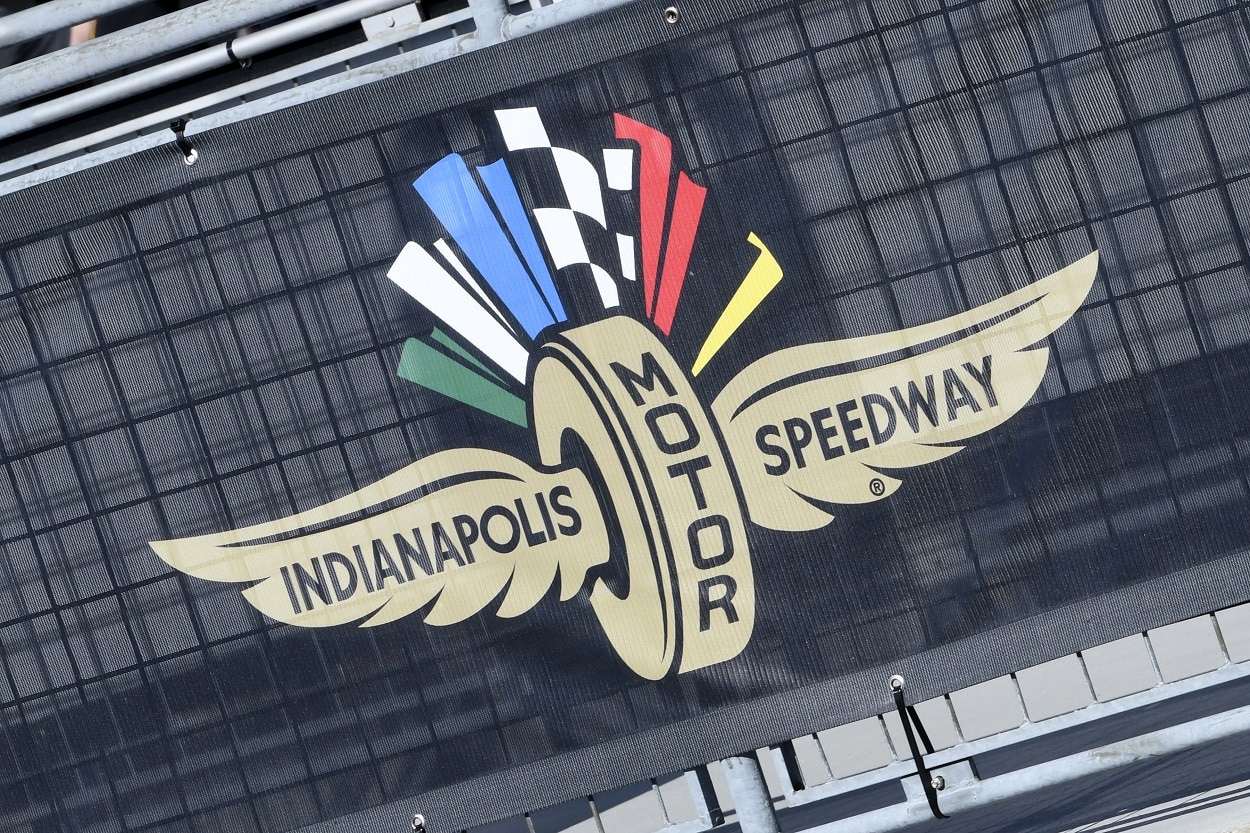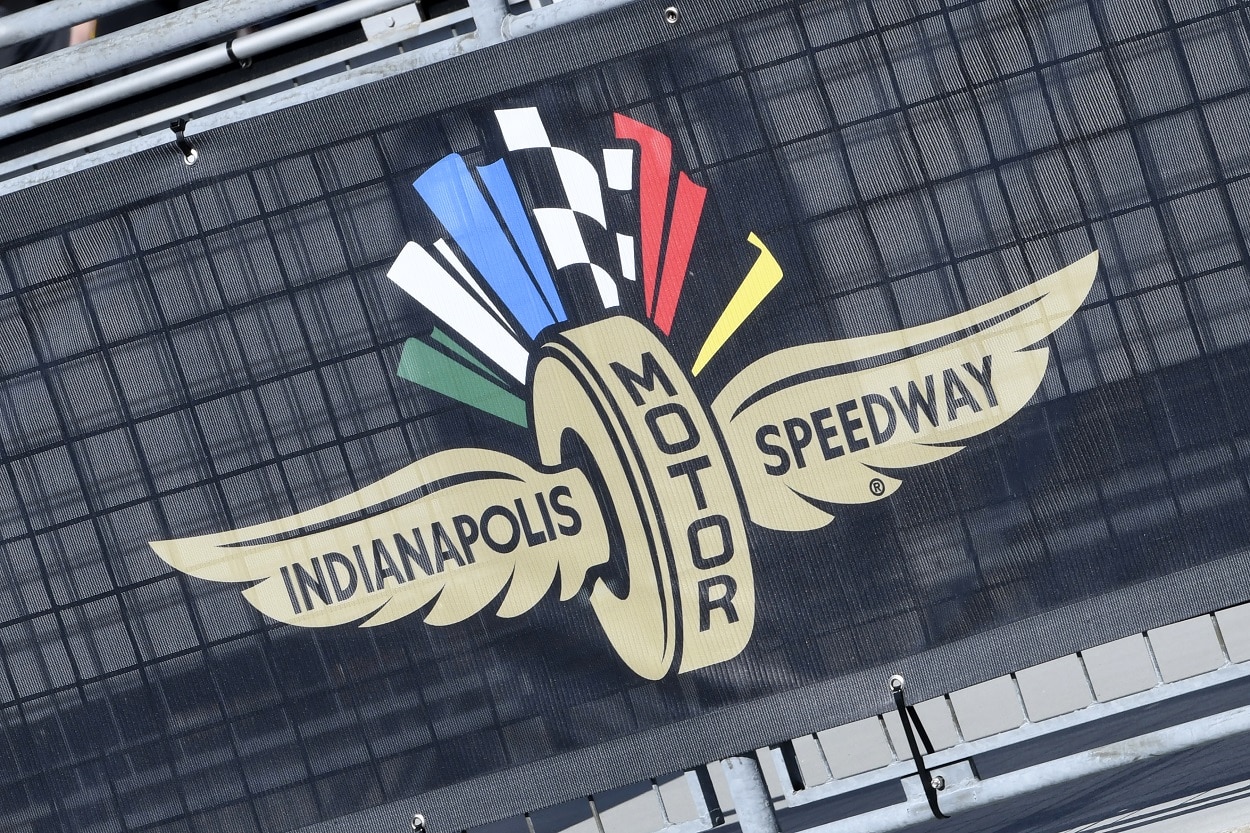NASCAR
The Old Brickyard 400 at Indianapolis Motor Speedway Wasn’t Always Great, but It Was Better Than NASCAR’s Gimmicky Road Course Experiment

The NASCAR Cup Series returns to the Indianapolis Motor Speedway road course for the second consecutive year in yet another example that the sport cares little about anything other than moments it can throw in a highlight reel.
NASCAR first visited arguably the most famous race track in the world in 1994 for one of the most anticipated races in the history of the sport. Want to know how anticipated that first race was? A test session the year before drew around 30,000 fans. So, yes, there was some excitement there.
Jeff Gordon, who spent a portion of his upbringing in Indiana, led 93 of 160 laps and won the inaugural NASCAR race at the Brickyard.
Dale Earnhardt then won the 1995 edition of what immediately became one of the most important races on the NASCAR schedule. In fact, each of the first nine Brickyard 400 winners is in the NASCAR Hall of Fame, and once Kevin Harvick and Jimmie Johnson are inducted, that number will swell to the first 16 victors.
The Brickyard 400 at Indianapolis Motor Speedway was a measuring-stick race for title contenders
It was a race where the best of the best performed at their greatest heights. The Brickyard was a proving ground for teams in championship contention. Eight of the first 16 Brickyard winners went on to win the Cup Series championship later that season.
The late-summer race date and configuration of the flat, 2.5-mile track created a situation in which teams had learned enough about their cars through the first half of the season that they could bring their top-of-the-line equipment to a facility that did not lend itself to gimmicks.
The Daytona 500 is an enjoyable event, and many of the sport’s greatest stars have also won that race. But the effect of the draft and pack racing at Daytona has led to many fluke winners throughout the years.
Those factors weren’t at play at Indy. Only three Brickyard 400 winners did not win a series championship at some point in their career. Jamie McMurray won the 2010 race at IMS the same year he won the Daytona 500, Paul Menard won a fuel-mileage battle the following year, and Kasey Kahne won his 18th and final NASCAR race in 2017.
NASCAR races at the Brickyard weren’t always exciting

Unfortunately, the close, side-by-side racing fans typically enjoy was often not a part of the NASCAR experience at IMS. It is essentially a one-groove track, which makes it difficult for drivers to pass one another, and the 2.5-mile length of the track allows cars to get quite spread out during a long green-flag run.
Throw in the infamous tire debacle race of 2008 when drivers were unable to complete more than approximately 10 consecutive green-flag laps, and the annual event took plenty of grief about the lack of action at a facility initially built for open-wheel cars more than a century ago.
The complaints got loud enough that NASCAR officials switched the race in 2021 to the road-course layout that runs through the facility’s infield and uses a portion of the oval racing surface.
NASCAR has taken its road-course ideas too far
The change was amid the “Great Road Course Revolution” that NASCAR implemented after the 2020 season. The 2021 schedule featured a record seven road-course events, and the 2022 season has six.
NASCAR has received positive feedback in recent years about the quality of stock cars racing on road courses, including the Charlotte Roval, a signature NASCAR experiment in 2018, and has turned into an annual race in the NASCAR Playoffs.
As it often does, the sanctioning body took an idea that worked in certain locations and spread it across the sport.
So much of the sport seems to be an attempt to create as much chaos as possible each week that it has lost a sizable chunk of the pure enjoyment that came from watching the best teams and best drivers compete head-to-head on a difficult track that might not create a bunch of commercial-worthy moments but offered a true test of each team’s ability.
There is certainly a chance the new street course in Chicago will have less racing action than any race on the 2023 schedule. If that race can survive simply because of its location, the Brickyard oval race should also have.
It is quite possible, perhaps even likely, that there will be a fluke winner Sunday on the Indy road course. That will be exciting in the sense that another new winner dwindles the number of available playoff spots down to one. Still, we will have no better understanding of who the genuine championship contenders are.
For one week each season at a historic track, it was nice to see a non-gimmicky race that held prestige for teams and drivers – even if it was only a few weeks before a gimmicky postseason.
Stats courtesy of Racing Reference
Like Sportscasting on Facebook. Follow us on Twitter @sportscasting19 and subscribe to our YouTube channel.
RELATED: Who Has the Most NASCAR Cup Series Wins at Indianapolis Motor Speedway?











